Chlorine - more commonly known as bleach - is undoubtedly present in almost every household, as well as in schools, stores, offices, and numerous other public places everywhere. This is primarily because chlorine is commonly used for disinfection, at which it is rather effective.
Bleach is also sometimes applied to clothes to remove stains and keep your white clothing bright. Still, this substance is highly toxic and may cause serious damage to the body if it is accidentally ingested. Therefore, if you have bleach in your home, even though you will do your best to keep it out of reach of people and animals to whom it may pose a danger, it is crucial to know what to do in cases of bleach poisoning.
The risk of accidental bleach poisoning is highest among infants and young children in case the substance is within their reach. Bleach is a hazardous chemical compound and its ingestion causes a variety of symptoms and signs representative of serious damage to internal organs. Even the skin, when it is exposed to bleach for long periods of time, can suffer hazardous effects.
Symptoms of Bleach Poisoning
The symptoms of bleach poisoning develop right after ingestion or a few hours after the ingestion of this harmful substance. The time at which symptoms appear depends on the amount of ingested bleach. Swallowing a large amount of bleach is accompanied by immediate symptoms and signs.
Once bleach has come in contact with body tissues it causes irritation. Irritation of the tongue may result in slurred speech and excessive drooling. After chlorine has entered the throat it commonly leads to irritation. The irritation is so intensive that a person experiences a burning sensation in the throat and extreme pain. Furthermore, the ingestion of this toxic substance leads to breathing difficulties. This particularly occurs if one vomits and accidentally aspirates the stomach content. Abdominal pain, nausea and vomiting also occur due to bleach poisoning. And finally, one more gastrointestinal symptom of bleach poisoning is diarrhea.
Apart from the previously mentioned symptoms, acute bleach poisoning can also cause a sharp drop in blood pressure. In severe cases of chlorine poisoning, the victim will lose their mental alertness and eventually slips into a coma if the bleach poisoning is not treated in a timely manner.
Direct contact of bleach and the eyes leads to eye irritation, redness and burning sensation. The eyes may get seriously damaged. And finally, frequent contact of the skin and bleach eventually results in skin rash. The affected skin is typically red and covered with blisters.
Treatment for Bleach Poisoning
Only if one has swallowed small amounts of this substance the body will promptly react by vomiting and the damage will be reduced to minimum. In more serious cases patients must be transferred directly to the hospital. If the bleach has entered the eyes they are supposed to be flushed frequently with cold water until the medical help arrives.
Because of route of exposure, ingestion of bleach has the potential to cause corrosive or caustic injury to oropharynx, esophagus, or stomach. Symptoms usually present as:
- Odynophagia.
- Drooling.
- Stridor.
- Dysphagia.
- Sore throat.
- Vomiting.
- Abdominal or chest pain.
In order to prevent accidental poisoning people manipulating bleach must be familiar with all its harmful effects and protect themselves accordingly. And finally, all the products containing bleach must be held away from children's reach.








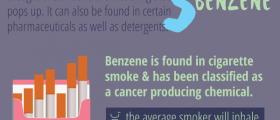



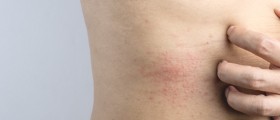
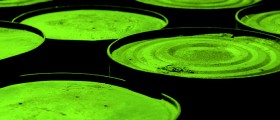
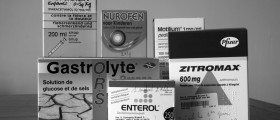

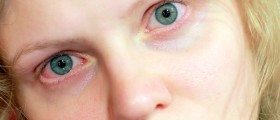

Your thoughts on this
Loading...